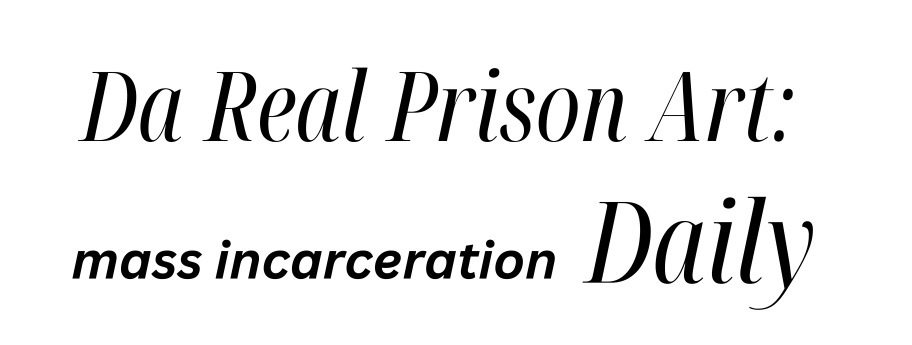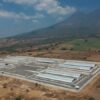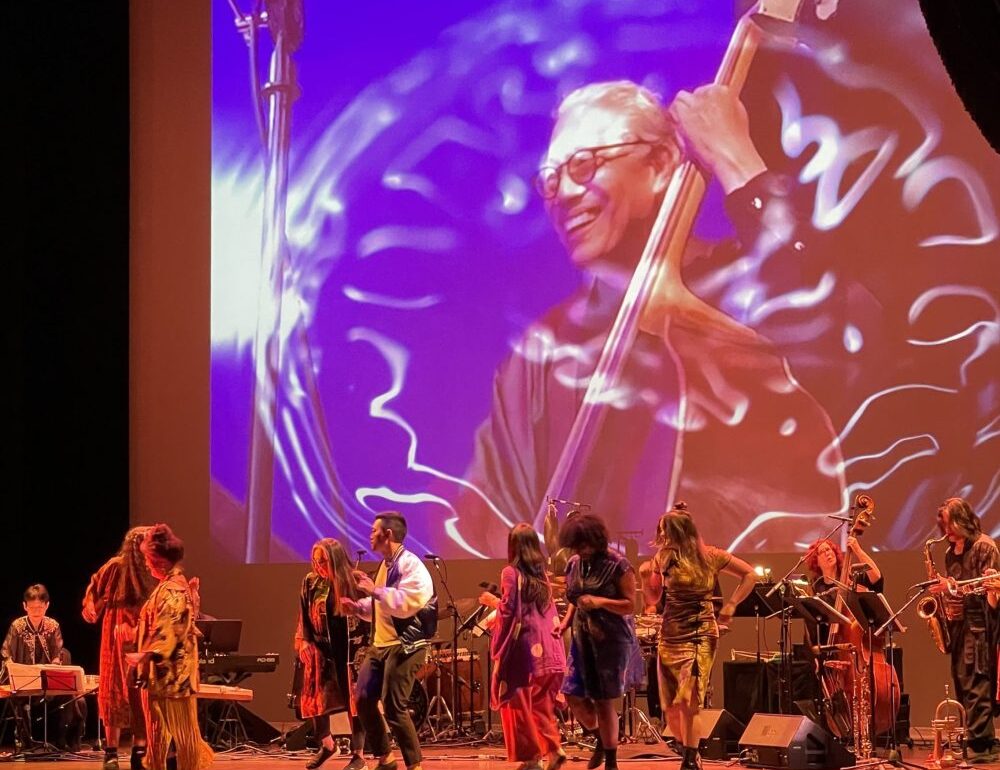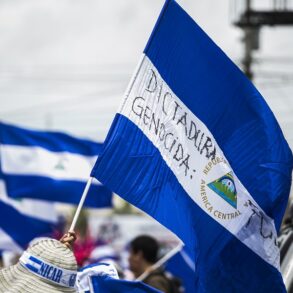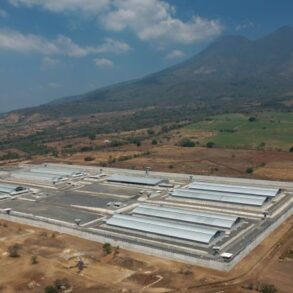
Sept. 30, 1954 – Jan. 12, 2025
Mark was funny, wise and a serious student of the ancient court music of Asia. But he also blended tradition with contemporary music, fusing Black jazz with gagaku Japanese court music that he studied under Togi Suyenobu in Los Angeles. Mark was a key figure in the new genre of Asian American jazz, as noted in The Grove Dictionary of American Music.
Mark’s openness to explore began early. When he attended Homestead High School in Cupertino, California, a choir teacher needed a double bass player and asked Mark, who was in a rock band, to give it a try. “Mark loved music so he agreed to do it, not caring if it was cool or not, since he was already in a rock band and no one could question his coolness,” recalls his brother Tom.
In the double bass, Mark found an instrument that he would play for the rest of his life, famously in the groundbreaking jazz group, United Front, which in 1981 brought together Mark, Anthony Brown, Lewis Jordan and George Sams. They performed at the Montreux Jazz Festival and throughout Europe and the U.S.
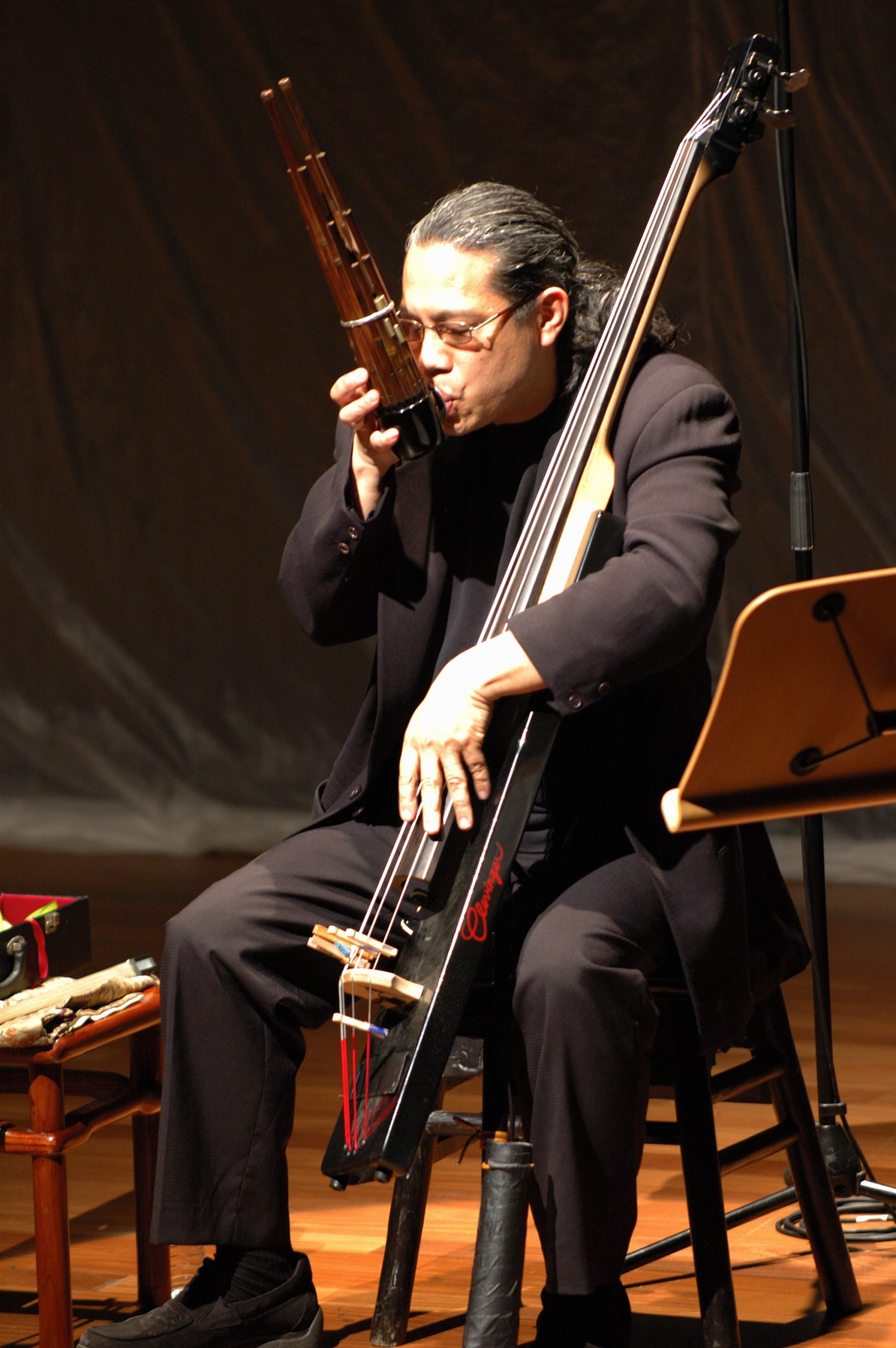
Mark curated the Asian American Jazz Festival in San Francisco in the early 1980s, and led it for nearly 20 years. He also composed for symphony, theater and dance. In 2009, he won an Emmy for his soundtrack for the documentary Bolinao 52.
He played and composed for First Voice, the art nonprofit he formed with storyteller Brenda Wong Aoki, his artistic partner and wife. Their son Kai Kāne, known as KK, brought dance to the family art.
Mark’s political work is less well known. When stakeholders grew concerned about the text of the new Topaz Museum, about the WWII incarceration of Japanese Americans in Utah, Mark was among a group of Nikkei, historians, museum board members and National Park Service officials who attended an NPS meeting in 2015 in Reno, Nevada. The purpose was to discuss the museum’s proposed text that had not been reviewed by historians.
On the last day, he entered the meeting in a dark suit, with his neatly-tied ponytail, a pressed dress shirt and purple necktie. He wanted to look serious when critical matters were at stake, he said.
The funder required that the narrative be revised; the museum opened in 2017.
Four years later, in 2021, the museum board abruptly pulled from the earth the sacred Wakasa Monument, a memorial to the military murder of James Wakasa, which had been built by fellow inmates in 1943. They were ordered to destroy it and it had lay buried for nearly 80 years.
Months after its removal, a ceremony was held at the site. In the December chill, Mark warmed the pipes of his bamboo sho by wrapping it with a battery-heated fleece covering. The sho had been given to him by Togi sensei, whose family had been court musicians for the Japanese Imperial family for 10 generations.

Only Mark, a descendant of the Poston, Arizona, concentration camp and whose father served in the 100th/442nd Regimental Combat Team, could have summoned the spirit of Wakasa-san. Haunting notes hung in the air and sank into the sand.
A 1982 jazz program for the second Asian American Jazz Festival in San Francisco includes a photo of United Front’s alto saxophonist, Lewis Jordan. In 2023, Jordan played his sax at the 80th Memorial for James Wakasa in Japantown, not far from where Wakasa was taken away to the camps.
The 1982 jazz festival’s producer was Paul Yamazaki, who studied gagaku alongside Mark. Paul has been the chief buyer for San Francisco’s City Lights Booksellers for more than 50 years. He recently hosted a reception for writer Brandon Shimoda who read from his book, The Afterlife is Letting Go. Shimoda’s prologue is about Wakasa and memory.
Filmmaker and scholar Renee Tajima-Peña is among those thanked in the program; today she is an advisor to the Wakasa Memorial Committee.
Thank you, Mark, for being the invisible thread and the conscience that connects us. You gave us the music of our ancestors. Your breath that warmed the sho created sounds that traveled to our hearts.
A celebration of life for Mark Izu was held Saturday, May 24 at the Herbst Theatre in San Francisco.
This post was originally published on this site be sure to check out more of their content.
